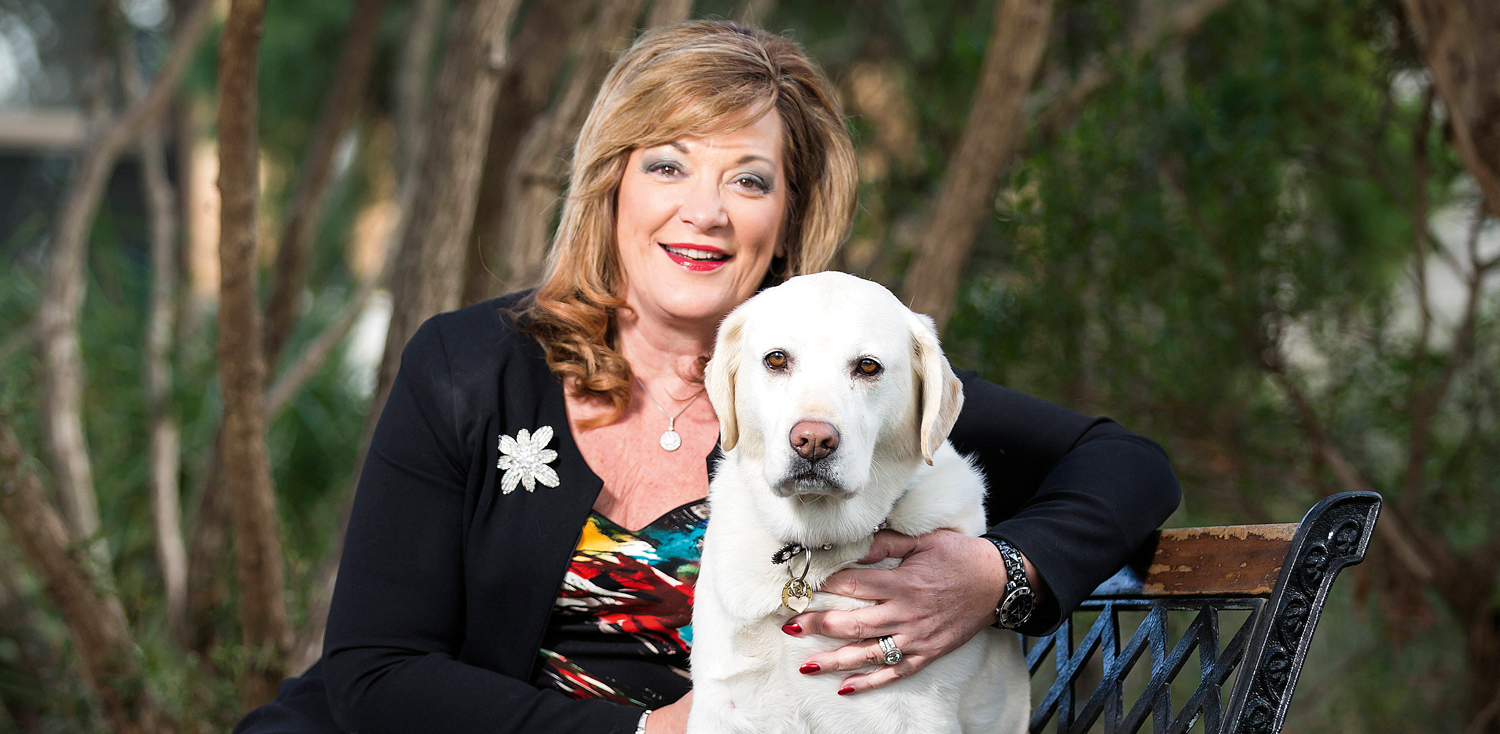Derek Parker reviews the latest essential reading for Managers and Leaders
Resilient: How to Grow an Unshakable Core of Calm, Strength, and Happiness
By Rick Hanson
(Penguin, $33)
A critical area of study that has emerged in the past few years is the intersection of thinking – how you experience things and make sense of them – with neuroscience – the study of the brain as a physical organ. Rick Hanson, an American psychologist, was one of the first to examine this subject with his 2013 bestseller, Hardwiring Happiness. In Resilient he takes the theme further, looking at how feelings of wellbeing can be enhanced and strengthened as a buttress against adversity.
He points to scans of brain activity that show there is a natural ‘negativity bias’. This is an evolutionary hangover from the time when awareness of threats and danger were necessary survival tools but these days the effect is to create undue sensitivity to the stresses of everyday life: rushing about, being continually interrupted, having to jump between tasks, feeling pressured and being overloaded by information. The culture of the 21st century is continually trying to grab our attention with one thing or another, forcing us to move on from positive experiences before they can make their way into our consciousness. The result is anxiety, uncertainty, the sense that nothing is really within our control.
The counter to this, says Hanson, is to grow resilient resources within ourselves, by learning methods to profit from our positive experiences. This can change the physical structure of the brain, in the same way that a muscle is strengthened by conscious training. There are particular chemical responses in the brain that flag an experience as an important one, and new neural pathways to support it are formed.
The crucial step is to become acutely aware of positive experiences. Stretch out the good feeling, Hanson suggests, even if it is only by 20 seconds. This embeds it in our memory. Also, focus on why it feels good and how it connects with other experiences. Try to see what makes it unusual, meaningful, and personally relevant.
He emphasises that there is no definitive ‘good’ experience. It might be walking in a field, or enjoying a game of football, or playing with your children. It might be accomplishing some small task that leaves you quietly satisfied. It is likely to be different for everyone: the point is to understand it, focus on it, and draw upon it. With a conscious effort, moments that would otherwise slip away can become part of a stock of wellbeing, and help to build mindfulness. Over time, the hardware of our minds becomes more resilient and more capable of dealing with challenges, whether personal or professional.
From his neuroscience research and his work as a therapist, Hanson draws up a list of 12 “fundamental inner strengths” that can help to deal with problems and setbacks. Each of these – compassion, mindfulness, learning, grit, gratitude, confidence, calm, motivation, intimacy, courage, aspiration and generosity – is carefully unpacked by Hanson, but he also notes that various individuals might look to other qualities. The principle of training the brain – the technical term is positive neuroplasticity – remains the same.
The point is not to ignore negative experiences and emotions but to avoid being overwhelmed by them. A core of inner strength has the benefit of placing things in context. This means that small stresses and aggravations do not accumulate into large ones. Equally, it is a means to move past old grievances. Of course, in any life there will be serious problems – a major illness, the loss of a close family member – but a sense of resilience can help to deal with them in an appropriate way.
Hanson does not claim to have invented this way of thinking, only to have taken existing methods and organised them into a therapeutic program as well as a set of tools for everyday life. It is not easy, he says, as it means putting aside old patterns of thought and deliberately creating new ones. The good news is that it gets easier as you go along, and eventually becomes nearly automatic.
The benefits to both mental and physical health are significant. Essentially, this sort of resilience makes it easier to survive and thrive in our troubled, difficult times. It is a lesson we could all use.
The Future for Our Kids
By Phil Ruthven
(Wilkinson, $40)
As founder of the business information firm, IBISWorld Phil Ruthven has access to a huge amount of data, and he uses it to extrapolate existing trends to provide a picture of Australia’s future. He is generally upbeat, preferring to focus on opportunities rather than problems, and it is hard to not be caught up in his enthusiasm.
Interestingly, he sees outsourcing – often thought to be a destroyer of jobs – as the single biggest driver of job creation. Already, he says, many young people see themselves as entrepreneurial freelancers, moving from one project to another and being paid for outputs rather than inputs. Ruthven predicts this will increase as the pace of technology creates a truly global marketplace. At the same time, he says, the average working week will be around 20 hours by the end of this century, with a greater focus on fulfilment. Ruthven calculates that Australia is creating many more jobs than the number being lost, and will continue to do so.
At the other end of the demographic scale, longer lifespans will mean longer careers, with older people working well past the traditional retirement age. Older people will also be more likely to return to the education system, either to gain more qualifications or simply to keep their minds fresh.
Ruthven sees Australia as well-placed to take advantage of the continuing shift of economic momentum to Asia, and says Australia’s population mix will become even more diverse. The agriculture sector is likely to expand, both for domestic demand driven by a rising population and for export markets, although the real boom will be in the service sector, especially hospitality, tourism and aged care.
Along the way, Ruthven laments that governments have been slow to introduce ultra-fast broadband technology and to push for a higher GDP growth rate. Nevertheless, we are headed in a positive direction, he says, and the best is yet to come.
Give Back Lead Forward: why every leader should have a mentor and be a mentor
By Julian Carle
(Major Street Publishing, $30)
Julian Carle, the head of leadership training firm Synergen Group, believes that mentoring is the ingredient that turns good managers into great leaders, and in this book he provides a practical framework for getting the most out of the relationship, from both sides of the equation.
He makes clear that mentoring is not about getting together occasionally for a chat. Both mentor and mentee must be chosen carefully, both for their personal and professional attributes. Carle suggests that the two should not come from the same company, and perhaps not even the same industry, but a set of common experiences is important. Mentoring is not about teaching technical information but rather the soft skills of empathy and judgement. The mentor does not provide solutions but helps the mentee find their own answers.
For the mentee the benefit is the opportunity to draw upon the experience of the mentor; for the mentor the benefit is about the self-reflection that comes with understanding another person. The relationship is a balance of the personal and the professional, and there must be enough trust for discussion to be honest and forthright.
Meetings should be regular – Carle suggests every three weeks – with a firm schedule and agenda, as well as milestones to be discussed in quarterly reviews. Being a mentor is not easy: it requires skills to both inspire and motivate. An essential part is to show the mentee how to keep going in the face of setbacks. This can mean, for the mentor, revealing the mistakes they have made along the way – and, crucially, what they learned from them. For the mentee, it means making hard decisions about what sort of person they want to be. Often, says Carle, mentors find that their mentees inspire them.
Carle has mentored many mentees himself and is the host of ‘Mentoring Effectively’, a recorded IML webinar that explores the elements of good coaching practices and mentoring tips to promote personal development. The webinar is available online, here.











